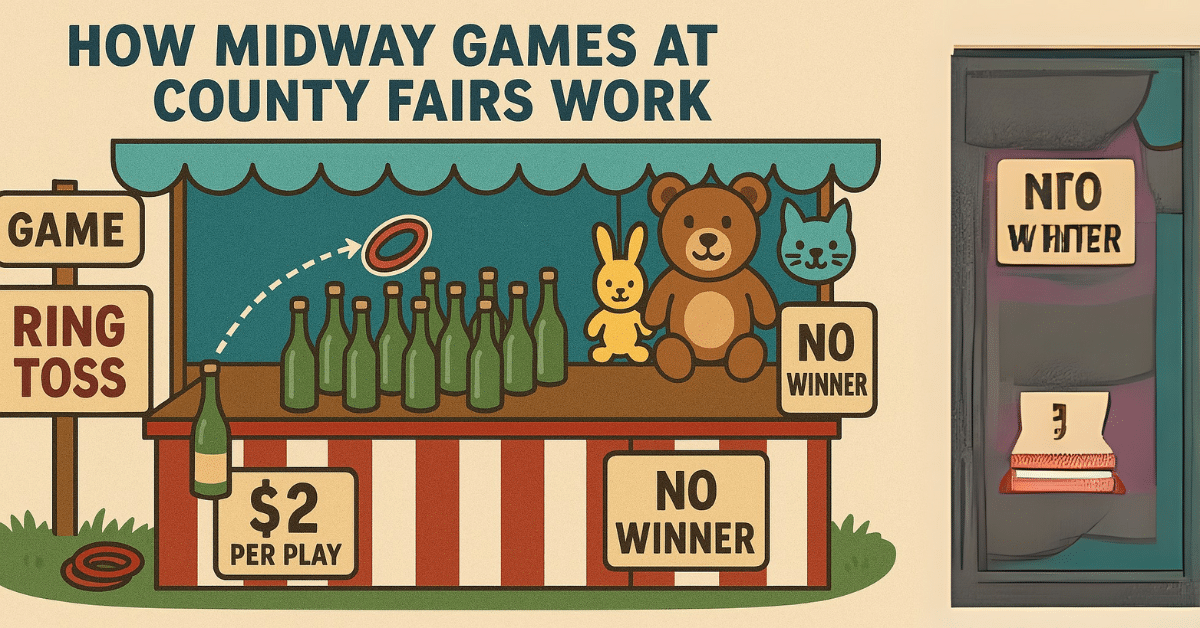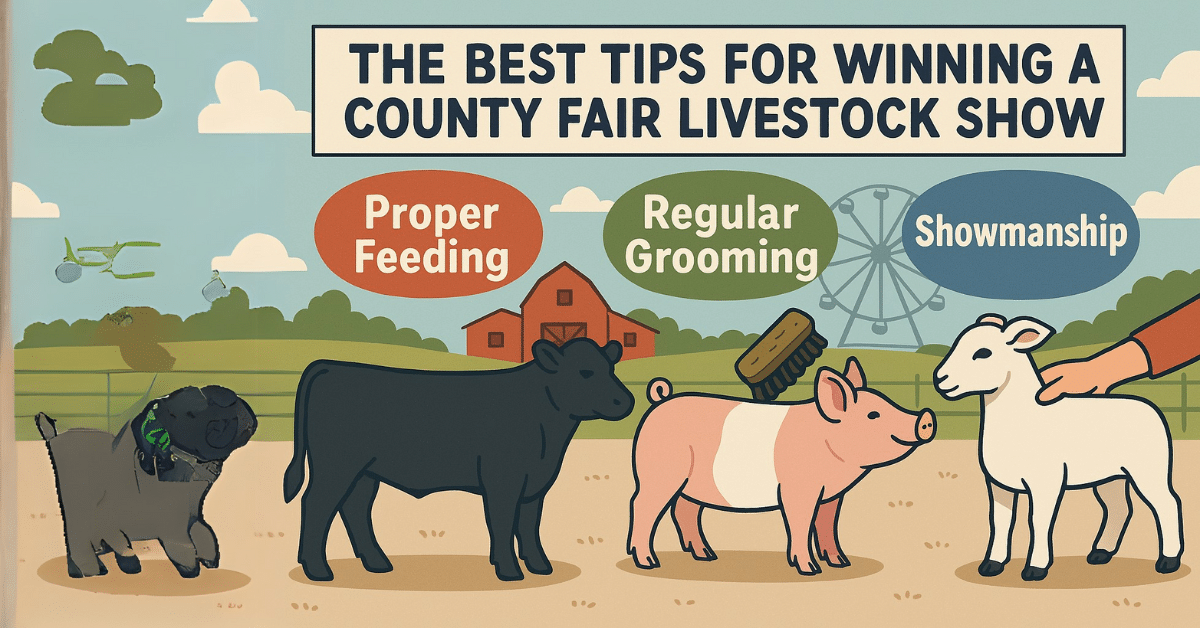Top Cow Breeds You’ll See at This Year’s County Fairs
There’s something timeless about a stroll through the livestock barns at a county fair. The smell of hay, the hum of chatter, and the sight of proud young handlers grooming their cows paint a picture of rural life at its best. Among the food stands and carnival rides, it’s often the cattle shows that hold the heart of the fair offering a closer look at the animals that keep American farms running. What Top Cow Breeds Win Big at County Fairs? Whether you're a long-time fairgoer or bringing the kids for their first barn visit, it’s easy to be impressed by the variety of cows on display. From milk-producing dairy stars to muscular beef breeds, each animal comes with its own story, purpose, and personality. In this guide, we’ll highlight the top cow breeds you’re most likely to see at this year’s county fairs and what makes each one stand out in the ring. Why Cow Breeds Matter at County Fairs County fairs aren’t just about fun they’re a reflection of the agricultural roots of each community. Livestock shows, especially those featuring cattle, are central to these events. For young people in 4-H and FFA, raising a cow is often their first major commitment. Months of feeding, training, and grooming all lead up to the big moment in the show ring. Judging is based on conformation, behavior, presentation, and how well the animal represents its breed. Each category dairy or beef has its own standards, making breed knowledge essential for both judges and spectators. Top 10 Cow Breeds You’ll Spot at This Year’s Fairs Below are some of the most commonly seen and crowd-favorite breeds you’ll likely encounter. 1. Holstein Purpose: Dairy Appearance: Large frame, black-and-white patches Personality: Calm and easy to handle Holsteins are easily the most recognizable dairy cows in the U.S. Known for producing large volumes of milk, they’re a staple in most dairy competitions. Expect to see Holstein heifers and mature cows in youth showmanship contests and milking demonstrations. 2. Jersey Purpose: Dairy Appearance: Smaller body, golden-brown coat, big eyes Popular with: First-time exhibitors Jerseys might be small, but they make up for it with their rich milk and gentle nature. Their docile behavior makes them a perfect match for younger handlers, and they’re often featured in beginner dairy classes. 3. Angus Purpose: Beef Appearance: Solid black or red, muscular build Why they stand out: Known for excellent meat quality Angus cattle are a dominant presence in junior steer shows. Their balanced build [...]








